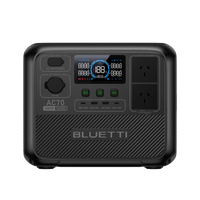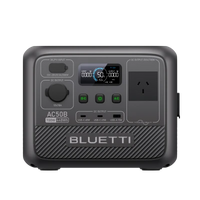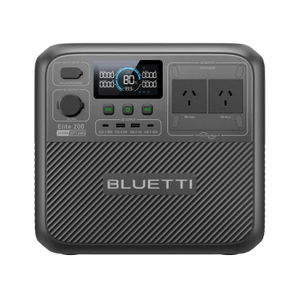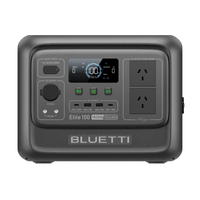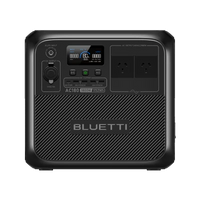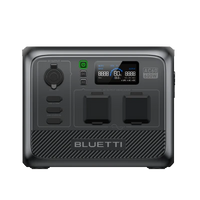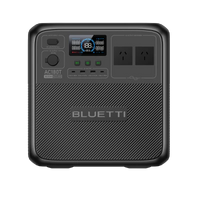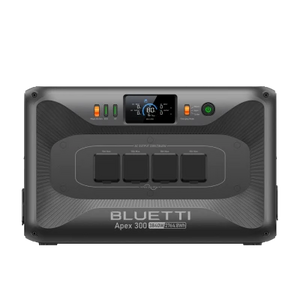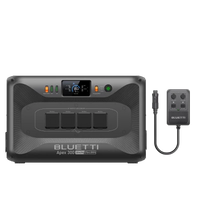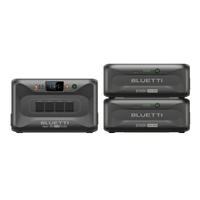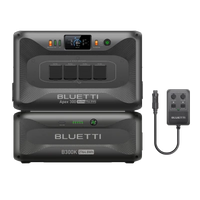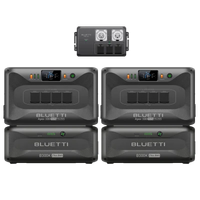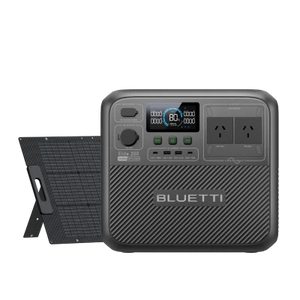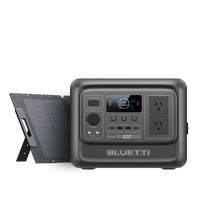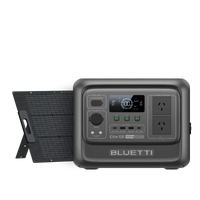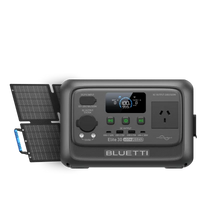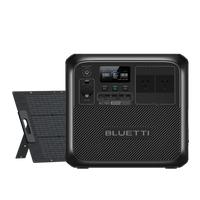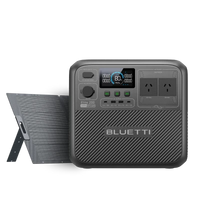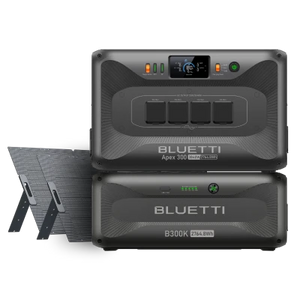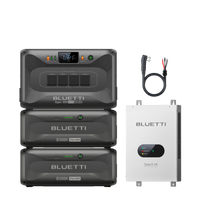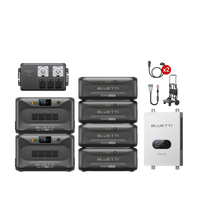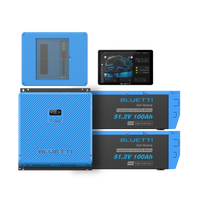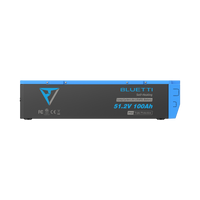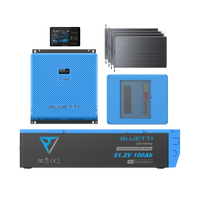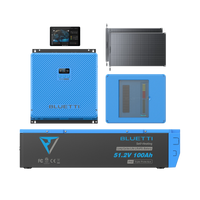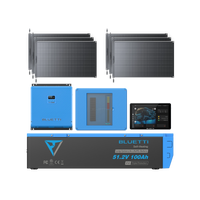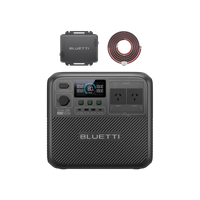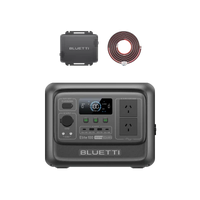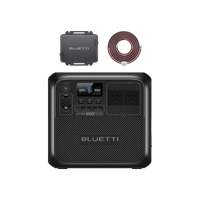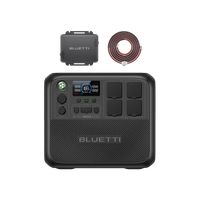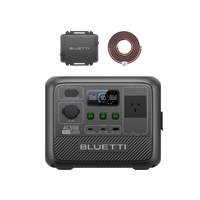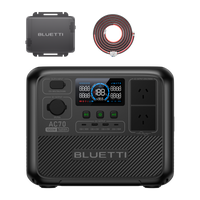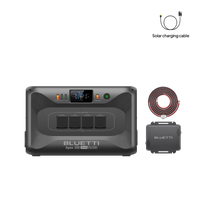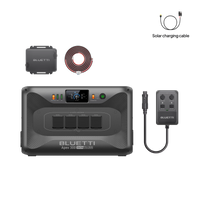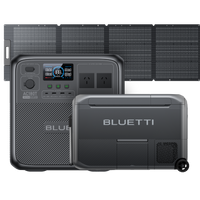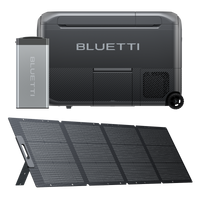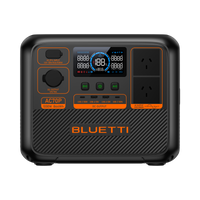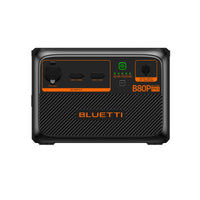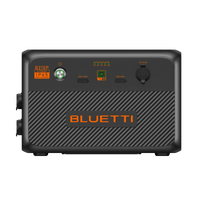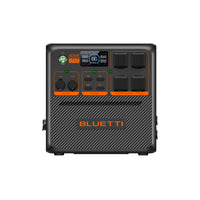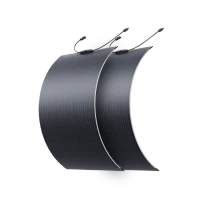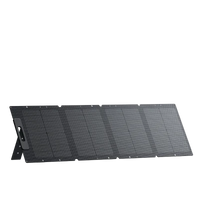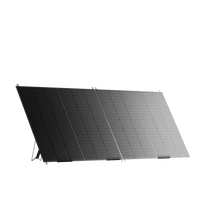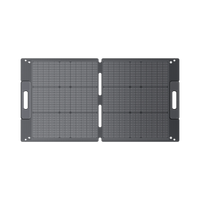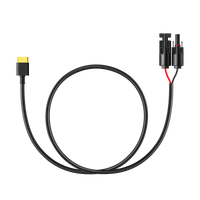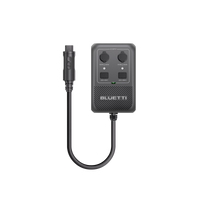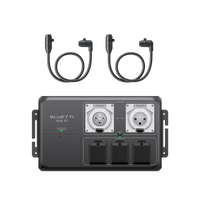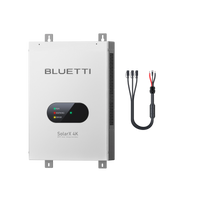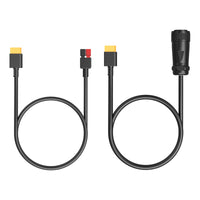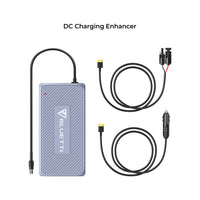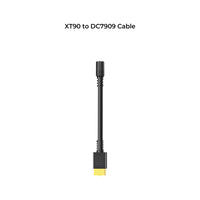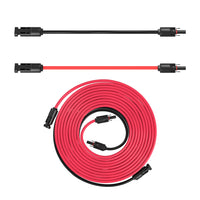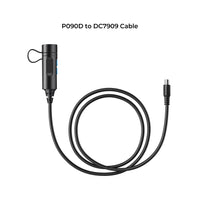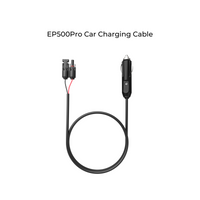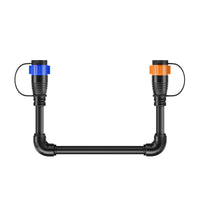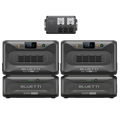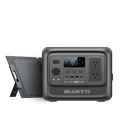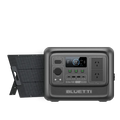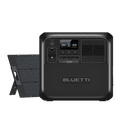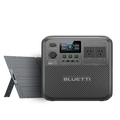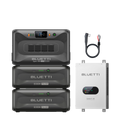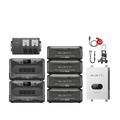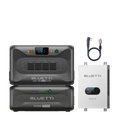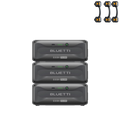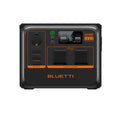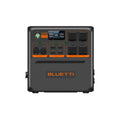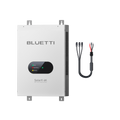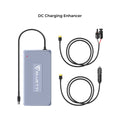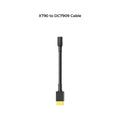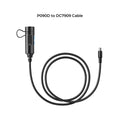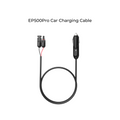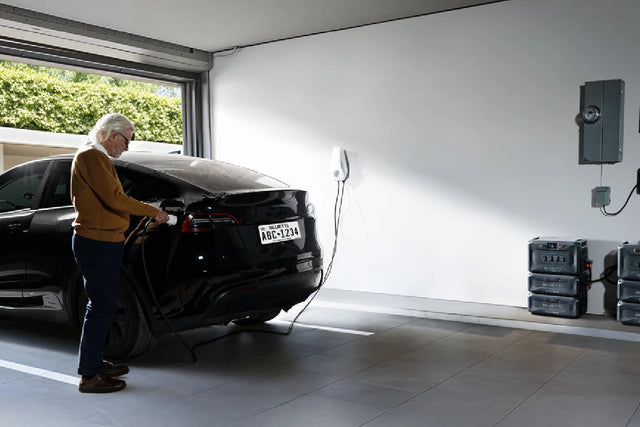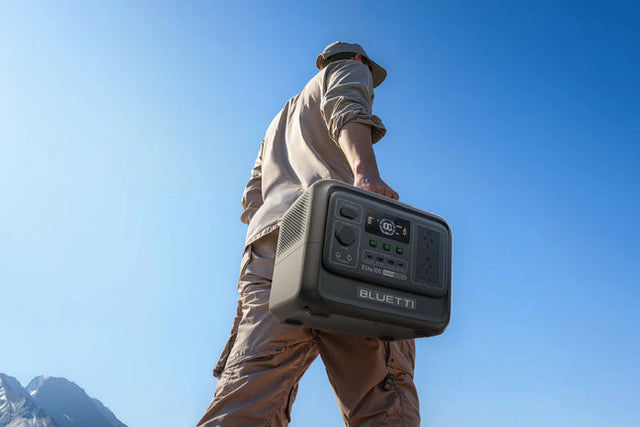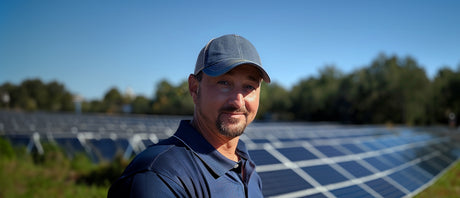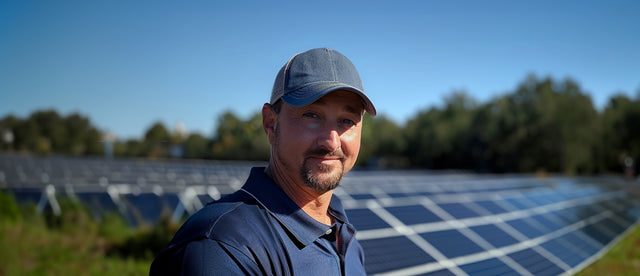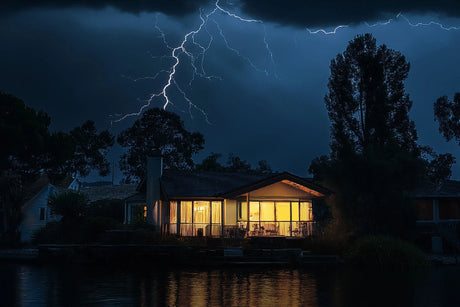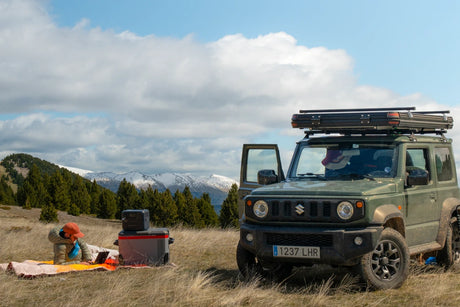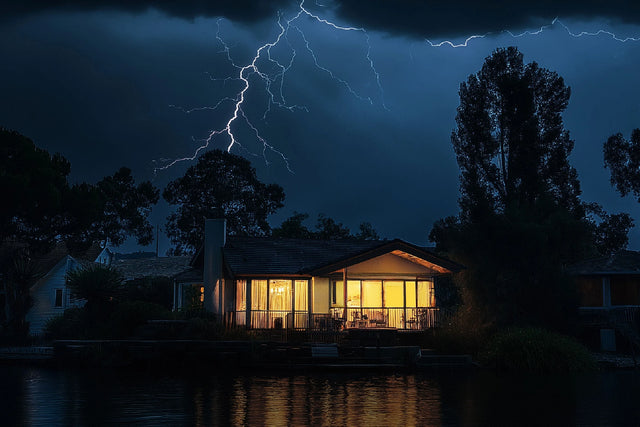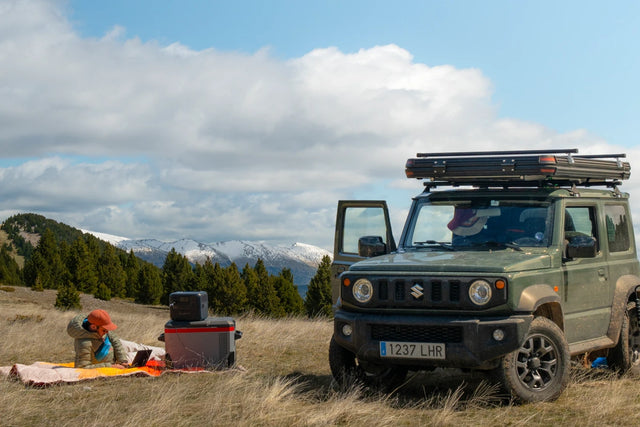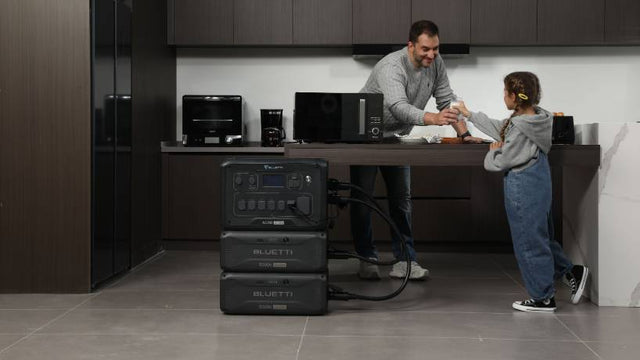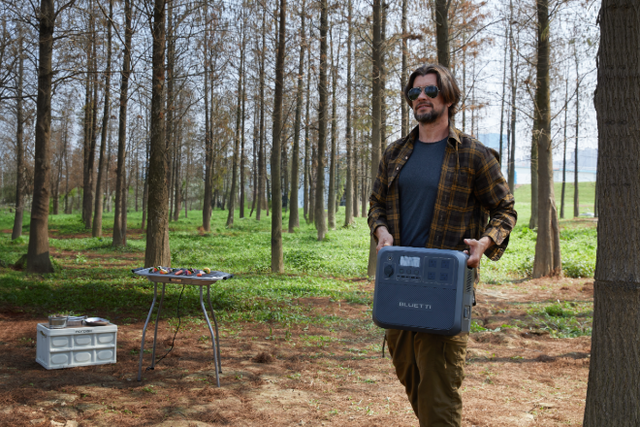Coal plants had retired, while renewables surged intermittently, and reliability was becoming an uneasy proposition, as much for policymakers and for grid engineers. Assuring financing for new renewable generation and dispatchable storage, the NCIS Capacity Investment Scheme provides revenue stability for investors to ensure project realization.
Think of it this way: CIS is like a financial seatbelt. The ride is not too smooth, but it prevents complete ruin during market swings. Linking directly to the 82% renewable electricity target by 2030, CIS is underwriting 40 GW of new capacity, comprising 26 GW of renewables and 14 GW of dispatchable storage.
An Explanation of CIS in Simple Language
Okay, but what does it actually do?
Here's the short version: projects bid into competitive tenders. Winners get a Capacity Investment Scheme Agreement (CISA). It is a long-term contract with a floor and a ceiling.
- If revenues fall below that floor, the government tops it up.
- If revenues soar above that ceiling, anything above the ceiling has to be paid back by the project.
Developers get predictable returns, lenders get comfort, and taxpayers do not end up subsidising windfall profits.
Another big one in 2025: the government dumped the two-stage tender route for a single-stage one. It means faster decisions, smaller bid costs, and less paperwork. Honestly, such changes make one wonder why they have not operated this way from the get-go.
What Tenders Have Been Awarded By CIS
In practice, the CIS is not just a policy. It is already changing the entire grid. Attending to the tenders, let's break it all down.
Tender 1: Solar Surge
In 2024, the first NEM generation tender allocated 2.75 GW of solar projects as part of a much larger allocation of 6.38 GW in renewables across the states. With huge PV farms going into the renewable energy zones, some even have their own pair of batteries for storage. This much generation would power more than a million homes each year.
Tender 3: The Battery Boom
Sixteen large-scale battery projects in NSW, Victoria, Queensland, and South Australia were awarded at a price set on the 24th of September 2025. In total, the capacities combined were 4.13GW / 15.37GWh.
These batteries are enough to provide power for 3.5 million homes for four straight hours, in layman's terms.
And they were not fly-by-night operations. EnergyAustralia, Akaysha, TotalEnergies, Alinta, Equis, and AMPYR were on the list of winners, with projects like Mount Piper BESS (NSW), Deer Park BESS (VIC), Capricorn BESS (QLD), and Reeves Plains BESS (SA) now being part of Australia's energy story.
And on the round by the way? Oversubscription is a significant issue, apparently, as 8 times the capacity was bid for, which the government had demanded. Now that's what you call a real appetite from the investors.
Western Australia Also Joins the Party
In 2025, WA opened two CIS tenders (Tender 5 and Tender 6) for its separate Wholesale Electricity Market (WEM). They ask: 1.6 GW of new generation and 2.4 GWh of storage for the South West Interconnected System. Why? Because WA's grid is isolated, it can't lean on the NEM, so reliability needs are ever sharper.

Where These Projects Are Landing
The geography of the CIS winners tells you a lot about what drives the scheme.
NSW: Batteries are clustering near retiring coal plants (like Mount Piper) and in high-demand corridors.
Victoria: Mix of metro-adjacent storage (Deer Park, Little River) and REZ-linked projects (Kiamal, Joel Joel).
Queensland: Solar-rich, now layering on storage, Capricorn, Teebar, Ulinda Park.
South Australia: Already a renewables leader, but still more storage to smooth out volatility (Koolunga, Reeves Plains).
WA: Just in time to add both gen and storage to balance a rapidly evolving grid.
Quick Table: Tender Outcomes
|
Tender |
Market |
Product |
Awarded |
Highlights |
|
Tender 1 (2024) |
NEM |
Solar generation |
2.75 GW solar |
6.38 GW broader gen push |
|
Tender 3 (2025) |
NEM |
Battery storage |
4.13 GW / 15.37 GWh |
16 batteries, >3.5m homes cover |
|
Tenders 5–6 (2025) |
WEM (WA) |
Gen + Storage |
1.6 GW gen + 2.4 GWh storage (target) |
Single-stage process |
The CIS’s Social Licence Dimension
Tender 3 commitments include $3.8 billion with values attached to local content and $218.8 million for First Nations partnerships. That is not greenwashing; it is contractual. Projects now live or die partly by how well they deliver social, regional, and cultural outcomes.
The Investor Perspective: What a Winning Project Offers
So, what actually gets over the line?
The New Criteria For CIS is Deliverability
As obvious as it seems, one of the most difficult things about energy is getting these projects constructed on time and according to budgeted costs. Hence, the new criterion for making it or breaking it in the CIS tenders is "deliverability".
Today, neither the government nor financiers will accept glitzy pitch decks alone. Rather, they want projects with credible EPC partners (the ones who actually build the thing), locked-in financing, and timelines reflecting real-world supply and permitting hurdles. As for the project that sings of promises but can't prove execution capability, it definitely goes down the pile.
In simple words: Prove that you can deliver; otherwise, no winning.
Location and Duration Make All the Difference
Not all megawatts are born equal. A battery cannot be of much help to the grid if it is in the wrong place and time, placed spatially near demand, or close to retiring coal.
That's why tenders weighed heavily on system value. A four-hour battery next to a coal plant is practically a gold mine. It will provide firming at precisely the point in the grid where it will soon lose its firming capability. Likewise, a project in a renewable energy zone with congested transmission might add less value, even if it's technically sound.
Duration matters too. Two-hour batteries help with short peaks, but 3-4 hour systems provide the kind of evening coverage the grid increasingly needs. From the CIS awards in 2025, this aspect was quite apparent-the longer-duration storage projects dominated the winning ones.
Regardless of the gigawatts going down to the meter, the household application of the same principles holds true: store where it is most useful and, in addition, size the storage facility to draw upon it during peak demand in the evening.
BLUETTI EP760 (home battery): A fixed modular system that is installed with synchronization to the rooftop solar system so that it records the surplus available in the afternoon and delivers it during evening hours while keeping these vital circuits during power outages for effective everyday resilience.
BLUETTI Apex 300 (Portable power station): It is a pocket-sized grab-and-go type for short consumer power outages, camping, or going on work trips in remote places, so that small appliances and devices can always be energised whenever the user wants, and especially when connected to a solar grid or wall charging.

Social Licence Is Now Built Into The Scoring System
It is no longer enough for a developer to promise jobs and cut a ribbon. Social licence is now built into the scoring system, and it is spelled out in reality. Such was the experience under Tender 3. Winning projects pledged $3.8 billion in collective local content and $218.8 million in First Nations benefits. Those are not ornamental, but binding commitments.
That means those who succeed by demonstrating meaningful partnerships with First Nations communities, utilizing Australian steel and services, and delivering measurable local benefits are now essential for developers. All the communities became stakeholders who could leverage, no longer being passive observers. Failure to appreciate this would kill the project at the entry.
Grid Readiness is the Center Of CIS Assessments
This is the silent killer of most strong proposals. A project can have the best design and finance, but with no connection to the grid, it is zero value.
"Grid readiness" is sharply front and center in CIS assessments. Connection studies are well advanced. Realistic assessments for network congestions and clear plans to secure capacity at substations are now a necessity. The old adage of "we're going to figure this out later on" does not apply anymore.
In the energy world, grid connection is the gatekeeper. And under CIS, only those ready to pass through it will get the underwriting.
CIS Projects Give Financial Freedom
It looks like CIS projects have become more merchant-plus. You still have market exposure, but underwriting usually calms the lenders and narrows your risk curve. Not free lunch, but better buffet.

What are the Risks of CIS
Of course, no scheme tends to be magic. Developers face the common thorns repeatedly:
Grid Connection is the #1 Bottleneck
You could design the best renewable project in the world, secure financing for it, and have local support, but without a grid connection, it is only steel and panels sitting in a paddock. As of now, grid connection is the number-one bottleneck in Australia transitioning to its energy.
The renewable energy demand grows too fast for the transmission upgrades to keep up. Existing substations are overloaded, connection studies drag on, and the queuing processes frustrate many developers. Some projects take years to get approvals, but are then followed by costly network augmentation conditions.
Therefore, Rewiring the Nation has been closely regarded by the CIS. Without new poles and wires, the projects being underwritten can actually deliver electrons where they are needed. It's as if cars are built on new highways with no off-ramps-they can't go anywhere.
Lithium-Ion Batteries are the Biggest Competition in the Global
There's also the question of international competition: everybody in the world wants batteries right now-California, Germany, China, you name it. Australia isn't the only country rushing after this supply. This means that prices are unstable and, in times of crisis, delivery time stretches.
Inverters and transformers are indeed commodities in a global marketplace, and Australian projects are fighting for a place in the queue. Sprinkle in some shipping constraints and currency fluctuations, and suddenly what appeared to be a neat financial model starts to wobble.
CIS underwriting helps put financiers at ease, but it doesn't change the fact that when half the world is ordering the same kit, costs and delivery schedules can slip out of your hands.
Cost Overrun is the Ever-Present Risk For Investors
Though there remains a guarantee of a revenue floor, developers still face the ever-present risk of cost overruns. Costs are often overridden by construction delays, unplanned engineering issues, or inflation in raw materials like steel and labour.
The CIS guarantees revenue to the project once operational; the same doesn't mean writing you a cheque during construction. In addition to being a bummer for equity investors, it also means that construction risk will blow up.
Indeed, this strategy mitigates merchant risk, but it does not increase the odds of poor budgeting or bad execution.
Community Resistance is Present Due To Safety Concerns
The final point is that energy projects do not exist in a vacuum, but rather they are situated in real places, close to real people. Not everyone, however, is excited about constructing a solar farm next door or a big battery humming behind their backyard.
Specific public concerns range from land use conversion-prime farmland turning into solar arrays- to safety concerns about lithium-ion battery fire risks, noise from the batteries, and visual impact, even if they exist when the technical risks are essentially tiny, perception matters.
All of this has changed for reasons that need no elaboration. Tender 3 explicitly rewarded bids that made clear promises of on-the-ground local benefits. First Nations equity, regional jobs, community partnerships. In so declaring, it becomes quite plain: even the most technically excellent projects stumble without social licence.
While the government can underwrite revenues, its own magic cannot produce copper, lithium, or the public goodwill needed.

What CIS Means for Reliability and Prices
By far the most obvious question most Australians would ask: Will the power bill go any lower?
Honesty: Maybe not noticeably lower, but more stable. Here's how it works:
The Backbone of CIS is Reliability
When coal units trip offline, they often stop without warning, and in the old days, backup gas plants would scramble to fire after going down. Sometimes they took several minutes to come online. Batteries, however, respond in milliseconds; it's almost instantaneous compared to that form of generation.
That means grid frequency will remain stable: even the most minor frequency deviation can ripple throughout the system and risk outages. Batteries backed by CIS would provide the type of ultra-fast response necessary to seamlessly fill such gaps while continuing to guarantee security as coal capacity disappears.
In simplified terms, every time a coal station closes its shutters, there is a portion of firm capacity that disappears from the grid energy mix. Enter storage batteries now under CIS to replace this very important firming role for Australians, to prevent them from experiencing flickering lights or rolling blackouts during the transition.
CIS is Making the Wholesale Electricity Market More Predictable
If you've ever peeked at the wholesale side of the electricity market, you'd know that such a market behaves like a rollercoaster. Prices crash to zero when there's a lot of solar in the midday grid, and you get denser, more eye-watering peaks at night when demand is highest.
By underwriting both storage and flexible renewable projects, the CIS flattens those ends. Cheap daytime solar glut is captured into batteries and released only when the most demanding evening load is at its peak. This means fewer of those high prices when only the usually more expensive gas generators were turned on.
The end result is that the wholesale market is behaving more predictably. And this does not just help energy firms stabilize the whole system. Such scenarios would bring benefits to generators, retailers, and even the largest industrial users under a banner to suggest that prices will not spike uncontrollably with every shift in weather.
Retail Bills Will Become More Stable
Now we get tricky. Wholesale prices feed into what you and I pay, but they’re not the complete story. Retail bills include, among other things, network charges, potl and wire costs, retailer margins, and sometimes the ripple effects of global fuel prices as well.
So will CIS shrink your bill by 50%? Probably not. Will it stabilize those bills? Absolutely. The scheme greatly reduces the risk that households or businesses will suddenly find themselves facing price shocks owing to supply shortfalls. In other words, CIS is probably not the magic bullet solution for cheap power, but it surely provides a very nice shield against wild fluctuations.
People in general would renounce the price shocks from unexpected shocks any day of the week for a steady and predictable bill.
The scheme probably won't halve your bill, but it should make the grid much more boring. Boring is good for electricity.

What is the Role of CIS in Making the Bigger Policies
CIS fits into an even bigger picture. It is designed to play a complementary role to:
Role of Renewable Energy Transformation Agreements (RETAs)
These agreements are the glue between the Federal Government and the states, articulating how much new capacity each jurisdiction commits to and when. RETAs assist with sequencing projects so that the right mix of renewables and storage enters service in the right time frame to coincide with coal retirements.
Rewiring the Nation With $20 Billion
You can underwrite any amount of wind farms and batteries you like, but without some poles and wires to connect them, they are just stranded assets. The $20 billion Rewiring the Nation fund is all about upgrading transmission in order to unlock renewable energy zones and enable the projects supported by CIS to actually deliver power to the grid.
Each State Has Its Own Schemes
Each state has its own toolkit. Victoria runs renewable energy auctions, NSW has its Electricity Infrastructure Roadmap, and Queensland and WA are layering on their own programs. CIS doesn’t replace these; it sits alongside them, adding federal underwriting, supercharging investment.
The Importance of Coordination Between RETAs, Rewiring And CIS
Think of it like an engine: RETAs provide the timing belt, Rewiring the Nation supplies the fuel lines, and state schemes keep the pistons firing. CIS is the crankshaft pulling them together. If any piece slips, the machine risks seizing.
CIS Will Bring Environmental Benefits
Every MWh coming from CIS-supported projects displaces fossil generation. Emission reductions are self-evident. On top of that: reduced dependence on gas, cleaner air, and jobs in regions that have historically depended on coal.
But let’s not water down the trade-offs: battery minerals come from somewhere, and recycling is still under development. Land-use tensions are real. The difference now is that CIS makes projects find solutions to these issues up front-they’re merit criteria, not afterthoughts.
What Happens if CIS Falls Flat?
Here’s a sobering scenario: if the CIS fails to hit its targets, coal retires anyway, and we don’t have enough firm renewables. What then?
Answer: reliability risks spike, emergency procurements ramp up, and prices rise. Basically, the nightmare scenario CIS was created to prevent. That’s why the government keeps emphasising the tempo of tenders and the importance of transmission.

What to Look for Going Forward With CIS
A couple of big things in the next two years will spell survival or collapse:
- Transmission build-out. Without it, awarded projects just sit in limbo.
- Single-stage tender sequence. Predictable, frequent rounds keep the momentum rolling.
- Aggregated resources. Allowing smaller batteries or VPPs to bid could throw the door open for new players.
- Delivery discipline. With billions in projects now committed, the implementation risk is live.
- The CIS is moving. Supporting it means clearing the bottleneck simultaneously with it.
Summarizing All
The Capacity Investment Scheme today stands as the backbone of Australia's energy transition. It is underwriting 40GW of new capacity, with billions in large batteries already awarded. CIS is not an acronym; it is the scaffolding for Australia's clean energy future. And if it stands up, the next decade could see the country going from coal dependence to one of the most renewables-heavy grids in the world.

